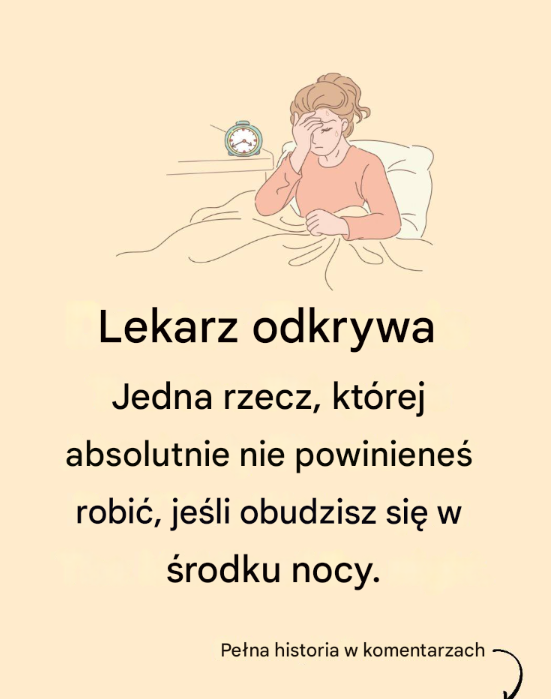Keeping Sleep Disruptions in Perspective

You might catastrophize about the impact of a poor night’s sleep. Learning perspective helps you cope better. “The reality is that you will likely get back to sleep and you will be okay tomorrow,” says a sleep specialist. “People don’t realize that you can typically function after a night of poor sleep.” You might feel sleepier tomorrow. Your workout might feel harder. You might respond more irritably. But experts advise you to go about your day normally. Your sleep system corrects itself naturally. “If you get poor sleep one night, you’re more likely to get better sleep the next,” notes a sleep researcher. Don’t try to compensate with excessive napping or going to bed earlier. These actions throw off your sleep schedule.
Building Better Sleep Hygiene

- Set a consistent sleep schedule: Wake up at the same time daily. Don’t change this on weekends. “Having a fixed wake-up time normalizes sleep as an essential part of your day,” sleep experts advise.
- Create a calming bedtime routine: “Budget 30 minutes for winding down,” suggests sleep research. Engage in activities that relax you before bed. A consistent routine forms a critical part of sleep hygiene.
- Optimize your bedroom: Make your bedroom cool, dark, and quiet. “Have a comfortable mattress and pillow,” recommends a sleep foundation. Sleep hygiene experts emphasize that your sleep environment significantly impacts sleep quality.
- Limit your stimulants: Avoid caffeine in the afternoon and evening. “Alcohol may make it easier to fall asleep, but the effect wears off, disrupting sleep later in the night,” cautions a sleep researcher.
- Manage your stress: Practice techniques that help you relax. Exercise regularly: “Regular exercise can make it easier to sleep at night,” notes sleep research. Just avoid intense workouts close to bedtime.
When to Seek Help

While occasional sleep disruptions happen normally, persistent problems may indicate a deeper issue. Talk to a healthcare provider if you consistently struggle to fall back asleep after waking, feel excessively tired during the day, experience chronic insomnia, or snore loudly. “Sleep hygiene alone will not cure sleep problems,” warns a leading sleep foundation. “If you have long-lasting or severe sleeping problems, it’s best to talk with a doctor.” Your body will thank you.



Yo Make również polubił
Kotleciki z Ciecierzycy – Zdrowe, Pyszne i Stabilizujące Poziom Cukru We Krwi!
Szczepionka na COVID-19: cztery lata później lista uporczywych objawów jest długa
Dieta Zupowa: Przepis na Zdrową Utratę Wagi
Unikalny tytuł: „Ukryte ustawienie lodówki, które może obniżyć Twoje rachunki za prąd”